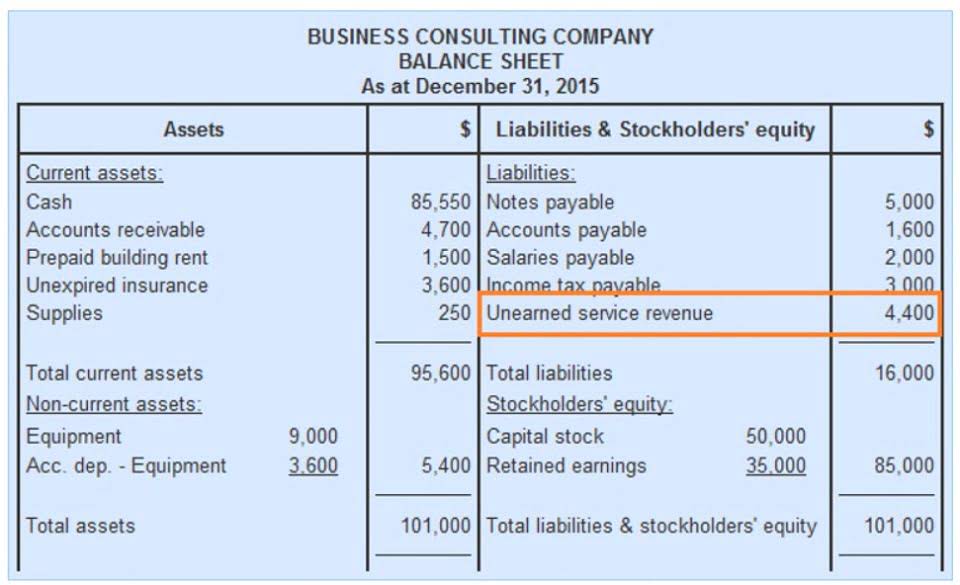
Still, you are wise to take a page from the expert’s tabulations on turnover rate. Non-stop ordering at your veterinary practice is likely a symptom of an overstretched team and an inventory protocol that needs to be more thoroughly thought through. Saving inventory management time means saving the practice thousands of dollars in payroll that could be better used interacting with clients and following up on patients. You’ll still achieve the goal of earning money for the inventory before you have to pay for it, and you’ll lower the costs to manage it. Water usage is another significant consideration, as veterinary hospitals require clean water for surgical procedures, sanitation, and patient care. Water expenses can range from $500 to $1,500 per month, Retail Accounting depending on the hospital’s size and the local water rates.
MANAGE DAILY PAYROLL EXPENSES

Veterinary medicine is a rapidly evolving field, with new treatments, technologies, and best practices constantly emerging. To ensure your staff is equipped to provide the most comprehensive and cutting-edge care to your patients, you must allocate a significant portion of your operating budget towards continuing education initiatives. Veterinary technicians, who assist veterinarians with various medical procedures and patient care, typically earn $35,000 to $45,000 per year, on average.
- It can be quite challenging for practice managers and owners to control these costs.
- The average net profit for a veterinary practice is estimated to be around 10% to 15% for small animal hospitals and 15% to 25% for emergency and specialty practices.
- One of the significant operating costs for a veterinary hospital business is the professional liability insurance premiums.
- Staff salaries are often the largest portion of a veterinary clinic’s budget, typically accounting for around 40-50% of total operating expenses.
- As the industry evolves, staying updated on trends can provide insights into managing average veterinary clinic costs effectively.
Tips for Managing Staff Salaries
- The results will be a great jumping off point to explore charge capture, client compliance, team performance, pricing, and so forth.
- Remote work has fostered stronger pet-owner bonds, boosting spending on products and veterinary services.
- How frequently you should order and how much you should order is determined by the size of your storage areas and something called the inventory turnover rate which we will discuss later.
- These costs should be factored into the overall budget for the animal clinic, as they can have a significant impact on the profitability of the mobile service offerings.
- We can use the average dollar value of inventory to calculate our business’s inventory turnover rate.
- It’s helpful to spot check your inventory spending against your practice’s revenue from time to time.
Dive deeper into the intricacies of these costs and discover strategies for effective management in our comprehensive guide. One of the most significant recurring expenses for an animal clinic business is the cost of medical equipment and supplies. These essential items are crucial for providing high-quality veterinary care and maintaining a well-equipped facility.
Your veterinary staff costs are too high?
In the case of PetVitality Veterinary Clinic, the team will need to carefully analyze their expected patient volume, the types of services they plan to offer, and the corresponding pharmaceutical and medication requirements. This will allow them to develop a realistic budget and forecast for these essential operating costs. Payroll management is a key service of veterinary CPAs, ensuring accuracy in recording team wages and benefits, which forms a critical part of the financial health of a veterinary practice. Managing accounts payable is another significant service offered, which includes tax return purposes, bill paying, and financial statement services.

According to industry benchmarks, veterinary clinics typically allocate between income summary 2-5% of their total revenue to advertising and marketing expenses. For a small to medium-sized veterinary clinic, this can translate to an annual budget of $20,000 to $50,000 or more, depending on the size of the practice and the local market conditions. Advertising and marketing expenses are a crucial component of the operating costs for a veterinary clinic like PetVitality. These expenses are essential for attracting new clients, building brand awareness, and retaining existing customers.
Healthcare M+A Valuation Services
When my practices first started doing this, I found that one location was overstaffing by 100 hours veterinary accounting per week! In addition to glaring problems like this, I learned a few other lessons from tracking payroll. Over time, a staff member or two left the practice, which freed up more hours for others. Some practices never order or receive hospital supplies into the inventory system or account for their use.
Consider the size requirements of your practice, including examination rooms, surgical suites, an office area, and a waiting area for clients. If purchasing a building, additional costs for renovations or modifications to meet veterinary practice standards might be necessary. The cost of leasing or purchasing a suitable location for your veterinary clinic can be a significant upfront expense. Location factors such as size, visibility, and foot traffic will significantly influence the cost. A high-traffic location in a central area might command a higher rent or purchase price compared to a more secluded location. Invest in creating a user-friendly website showcasing your veterinary team, services, and clinic facilities.

The largest expense: Labor Costs

The clinic requires a reliable water supply for tasks such as cleaning examination rooms, sterilizing medical instruments, and providing water for the animals under their care. The monthly water bill for a veterinary clinic can typically range from $200 to $500, depending on the clinic’s size and water consumption patterns. One of the significant recurring expenses for a veterinary clinic like PetVitality is the cost of utilities. These essential services, including electricity, water, internet, and other communication services, can add up quickly and significantly impact the clinic’s overall operating budget. For any veterinary practice, tax planning and tax compliance form critical aspects of financial management.
You will probably find that it will be easier to get a loan to buy an existing, profitable vet clinic than it would be to borrow the same amount in order to start your own clinic. We put together a detailed guide on how to finance a business acquisition that will walk you through key things to consider and point out a number of great options. The next large startup expense could be the cost to buy, build or renovate a building.

